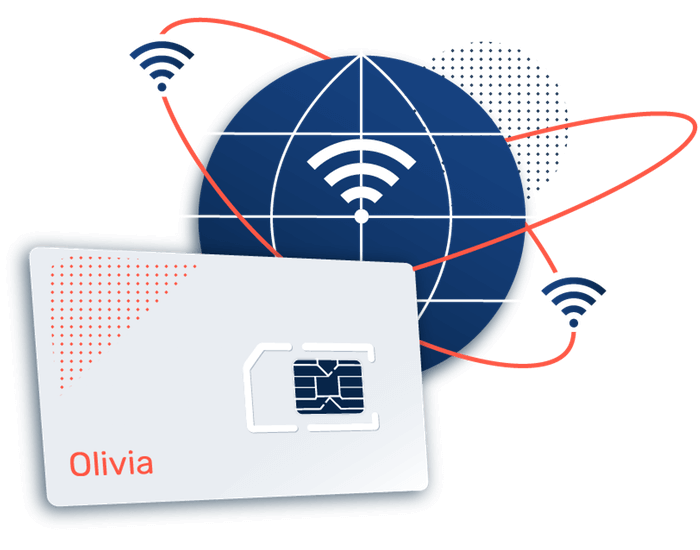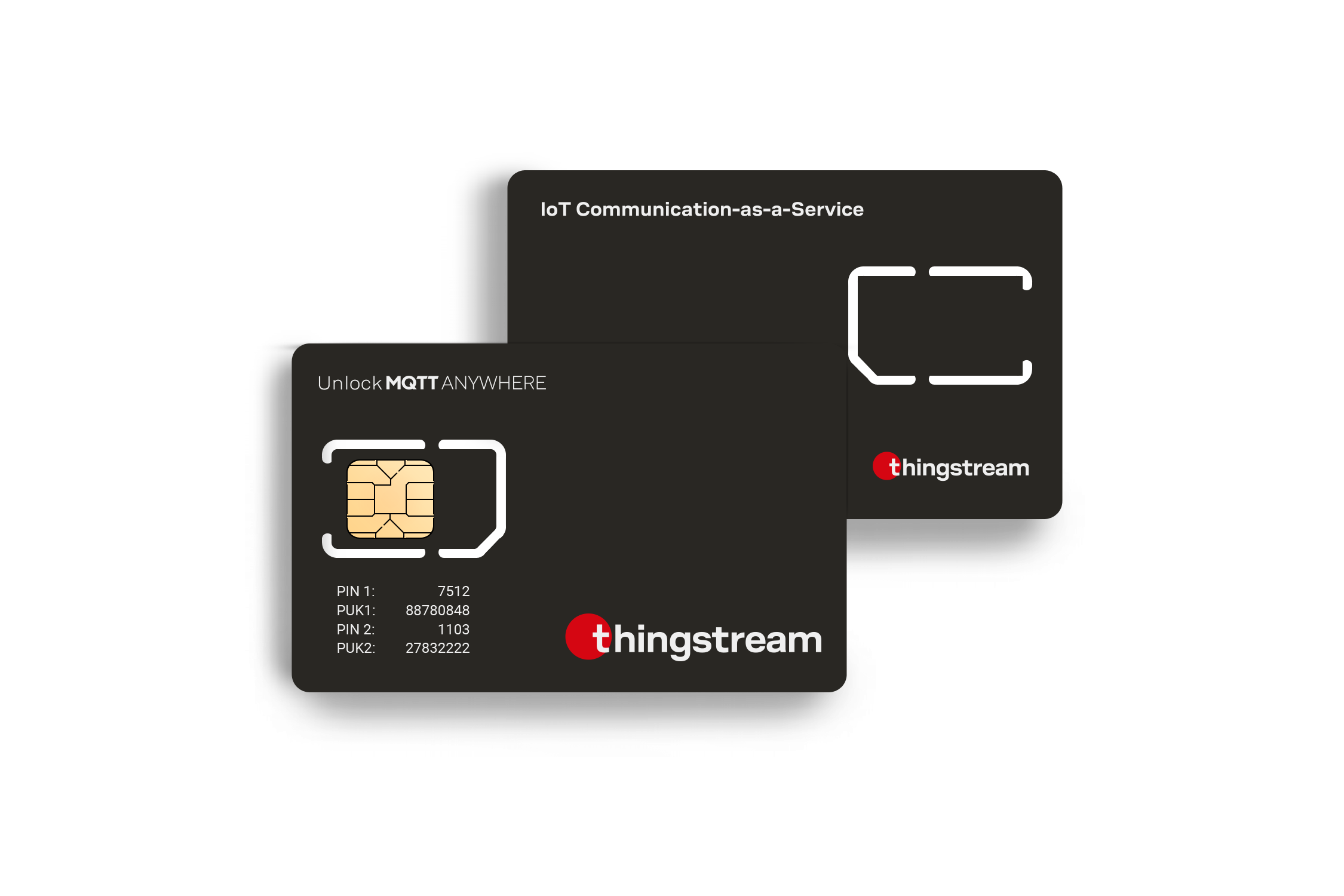IoT Connectivity Management Platform Pressure on IoT Connectivity Prices
IoT Connectivity Management Platform Pressure on IoT Connectivity Prices
Blog Article
IoT Connectivity Pricing Overview of IoT Connectivity Protocols

The world has witnessed a major transformation in the method in which we work together with our dwelling areas. Smart homes, geared up with related devices, have risen dramatically in recognition, offering enhanced comfort, security, and energy effectivity. However, reaching seamless integration of all these units heavily relies on efficient IoT connectivity options.
Various connectivity technologies facilitate communication between gadgets, making certain that every part of the smart home works harmoniously. Choosing the most effective IoT connectivity solutions for smart houses is crucial for creating an efficient and responsive environment. These options differ by way of vary, power consumption, and the forms of devices they help, allowing shoppers to tailor their smart home ecosystems to their particular needs.
Wi-Fi is considered one of the most generally used connectivity options, primarily as a result of its ubiquitous nature and excessive information transfer charges. Many smart house devices are already designed to attach effortlessly to existing Wi-Fi networks. This makes including new gadgets relatively easy. Tablets, smartphones, and routers can usually help a number of gadgets concurrently, making it a convenient option for smart home fanatics.
IoT Connectivity Definition Strategies and Challenges of IoT Connectivity
However, Wi-Fi isn't with out its challenges. The dependence on a stable web connection can often result in efficiency points, especially with a number of devices attempting to speak directly. Furthermore, the range could be limited depending on the layout of the home. Walls and other obstacles can cause sign degradation, which can hinder the performance of devices situated far from the router.

Zigbee is one other compelling possibility for IoT connectivity in smart properties. This expertise supports low-power devices, making it appropriate for battery-operated sensors and gadgets. Zigbee creates a mesh network, which implies every linked device acts as a relay, expanding the range of connectivity inside the house. This is especially helpful in larger areas where conventional Wi-Fi may battle.
Web Connectivity In IoT Global Managed IoT Connectivity Services
Z-Wave adds to the suite of options obtainable for smart houses. It operates on a decrease frequency than Wi-Fi, which means it may possibly better penetrate walls and avoid interference from different electronic gadgets. Z-Wave is engineered specifically for house automation, allowing various units to work together seamlessly. The low energy consumption also aids in battery longevity for devices that function on this community.
For purposes requiring low data rates but high reliability, LoRa (Long Range) provides a superb alternative. It is especially helpful for agricultural or environmental monitoring units that solely require intermittent knowledge transmission. LoRaWAN (Low Power Wide Area Network) enables these devices to speak over long distances, making it an ideal solution for expansive properties or smart city purposes.
Cellular connectivity serves as one other sturdy solution, primarily for devices that require constant internet entry however will not be installed close to established networks. This ensures that units can ship and receive information over the web directly, eliminating reliance on house Wi-Fi techniques. While maybe dearer, cellular connectivity presents the benefit of wide-reaching availability, particularly in rural or hard-to-reach areas.
Bluetooth can also be a major player in the realm of smart residence connectivity, significantly for private gadgets like fitness trackers, smartwatches, and speakers. Its low energy necessities make it a beautiful possibility for short-range communication. Bluetooth mesh networking enhances the protocol’s functionality, enabling devices to communicate effectively even when separated by some distance.
Connectivity Of IoT Enterprise Managed IoT Connectivity Services
Thread is a relatively newer protocol designed to make device connectivity less complicated. It also supports low-power units in a mesh community configuration. What units Thread aside is its IPv6-based communication, which enables extra easy integration with internet-based systems and companies. This adaptability opens the door for future scalability as smart residence technologies proceed to evolve. IoT Connectivity Management.
The integration of various connectivity protocols is important for compatibility amongst devices. Many firms have recognized that a single resolution won't meet all person wants, leading to multi-protocol techniques that may seamlessly switch between networks. Such flexibility permits homeowners to customize their smart environments and connect gadgets regardless of the producer.

As customers increasingly emphasize sustainability, smart properties that facilitate energy-efficient living have gained traction. IoT connectivity options contribute significantly to this pattern. Devices can talk to optimize energy usage, adjusting heating, cooling, and lighting based mostly on real-time knowledge.
When choosing the right IoT connectivity options for smart properties, consumers should fastidiously consider their particular requirements. Those prioritizing pace might lean towards Wi-Fi, while individuals needing to extend the vary of connectivity might prefer Zigbee or Z-Wave. Budget, system compatibility, and the potential for future upgrades also play a big position in decision-making.
Internet Connectivity Principles In IoT Connectivity Standards Alliance for IoT
Ultimately, the most effective IoT connectivity options for smart properties will enhance not only automated convenience but also the entire living expertise by my link incorporating superior know-how into day by day routines. These options empower owners to manage their environments better and stay extra sustainably, simultaneously enjoying the benefits of state-of-the-art connectivity.
In conclusion, with the fast advancements in technology, the panorama of smart home connectivity continues to evolve. As extra units enter the market and extra owners embrace automation, the significance of strong connectivity options turns into more and more obvious. Those who make investments time in understanding and implementing these options will undoubtedly contribute to creating more intelligent, environment friendly, and gratifying residing areas.
- Various connectivity protocols like Zigbee, Z-Wave, and Wi-Fi cater to different smart home devices, enhancing interoperability and device communication.
- Mesh networking capabilities allow devices to communicate more effectively, increasing protection and reducing dead zones within larger homes.
- Low-power wide-area networks (LPWAN) provide energy-efficient solutions for battery-operated gadgets, selling longer operational lifespans.
- The integration of edge computing ensures real-time knowledge processing, decreasing latency and enhancing general system responsiveness.
- Cloud-based IoT platforms offer extensive information analytics, enabling customers to optimize device utilization and energy financial savings of their smart houses.
- Security features, such as end-to-end encryption and common firmware updates, are important for shielding smart residence knowledge from potential threats.
- Dual-band routers can help each 2.4 GHz and 5 GHz connections, offering flexibility and improved performance for numerous smart units.
- User-friendly cell applications enhance the management of smart house gadgets, enabling seamless interactivity and scheduling functionalities.
- Interoperability standards, such as Matter, facilitate collaboration between completely different producers, promoting seamless cross-device communication.
- 5G technology promises ultra-low latency and better bandwidth, doubtlessly revolutionizing smart house experiences with quicker data transfer charges.
What are the different sorts of IoT connectivity solutions for smart homes?undefinedThere are several IoT connectivity solutions, including Wi-Fi, Zigbee, Z-Wave, Cellular, and LoRa. Each provides different benefits by method of range, speed, energy consumption, and scalability, allowing for tailored solutions based mostly on particular smart house needs.
How does Wi-Fi evaluate to Zigbee for smart house devices?undefinedWi-Fi is quicker and extensively used for high-bandwidth applications, whereas Zigbee is designed for low-power, low-bandwidth duties, making it best for devices that require lengthy battery life. Zigbee additionally supports mesh networking, enhancing vary and connectivity among devices.
Vodafone Managed IoT Connectivity Platform Importance of Connectivity in IoT
What elements ought to I consider when choosing an IoT connectivity solution?undefinedConsider components like range, power consumption, system compatibility, security measures, and the precise needs of your smart home ecosystem. Assess what number of units you intend to attach and their energy necessities, guaranteeing the chosen resolution helps your setup.

Are there safety dangers related to IoT connectivity options for smart homes?undefinedYes, security risks include unauthorized access and knowledge breaches. It’s crucial to determine on options with robust encryption and regular updates. Implementing strong passwords, firewalls, and preserving firmware updated can considerably enhance your smart home’s security - IoT Connectivity Types.
IoT Connectivity Plan IoT Connectivity as the Foundation
Can I combine multiple IoT connectivity options in my smart home?undefinedAbsolutely! Many smart residence systems help integration throughout various protocols, permitting units utilizing totally different connectivity options to work collectively seamlessly. This flexibility enables users to optimize performance and compatibility.
What position does the cloud play in IoT connectivity for smart homes?undefinedThe cloud allows distant management, knowledge storage, and superior analytics for smart house units. It facilitates communication between units and consumer interfaces, permitting for real-time monitoring and management from wherever through web connections.
Connectivity Technologies In IoT Reviews of Managed IoT Connectivity Services
How can I guarantee compatibility among completely different smart home devices?undefinedCheck for compatibility labels and ensure that gadgets follow frequent standards like Zigbee or Z-Wave. Research ecosystems, such as Google Home or Amazon Alexa, that assist a variety of gadgets, simplifying integration and control.
What is the method ahead for IoT connectivity options for smart homes?undefinedThe future official website is leaning in the course of enhanced interoperability, improved safety protocols, and the rise of 5G know-how. These developments will offer quicker speeds, larger device density, and lower latency, enhancing the general smart residence experience.
How can I troubleshoot connectivity issues in my smart home?undefinedStart by checking the facility sources and ensuring devices are within range of their connectivity hub. Restart routers and devices as wanted. Use both app diagnostics or manufacturer support sources for particular troubleshooting steps tailor-made to the devices in query.
Report this page